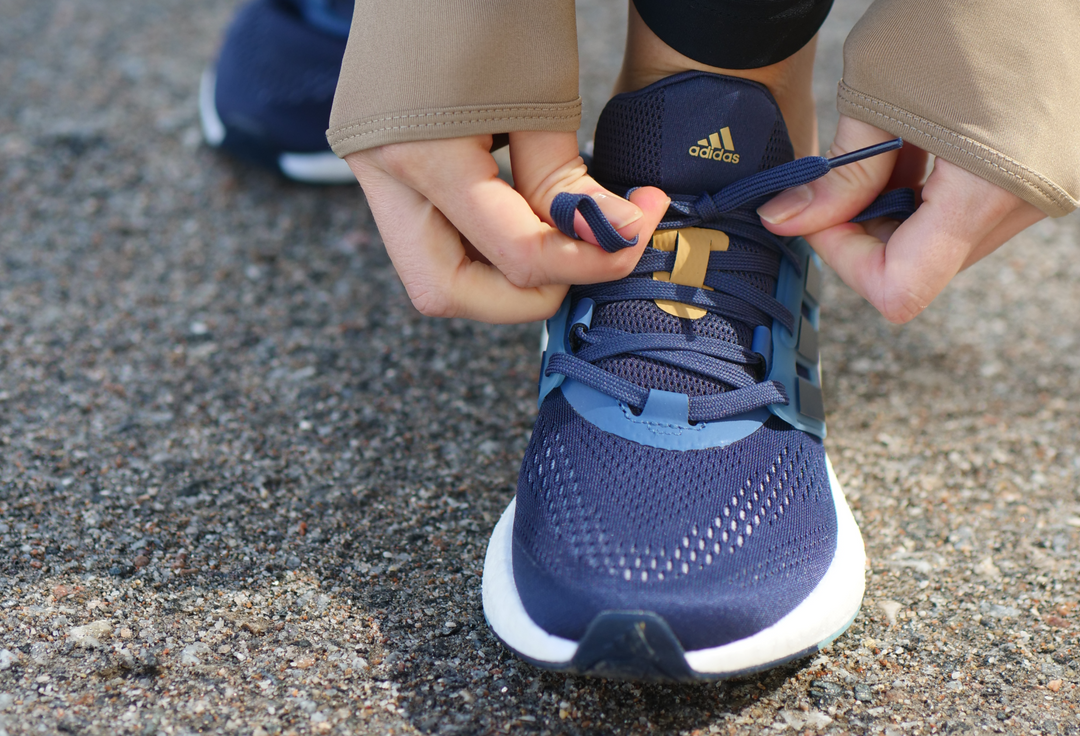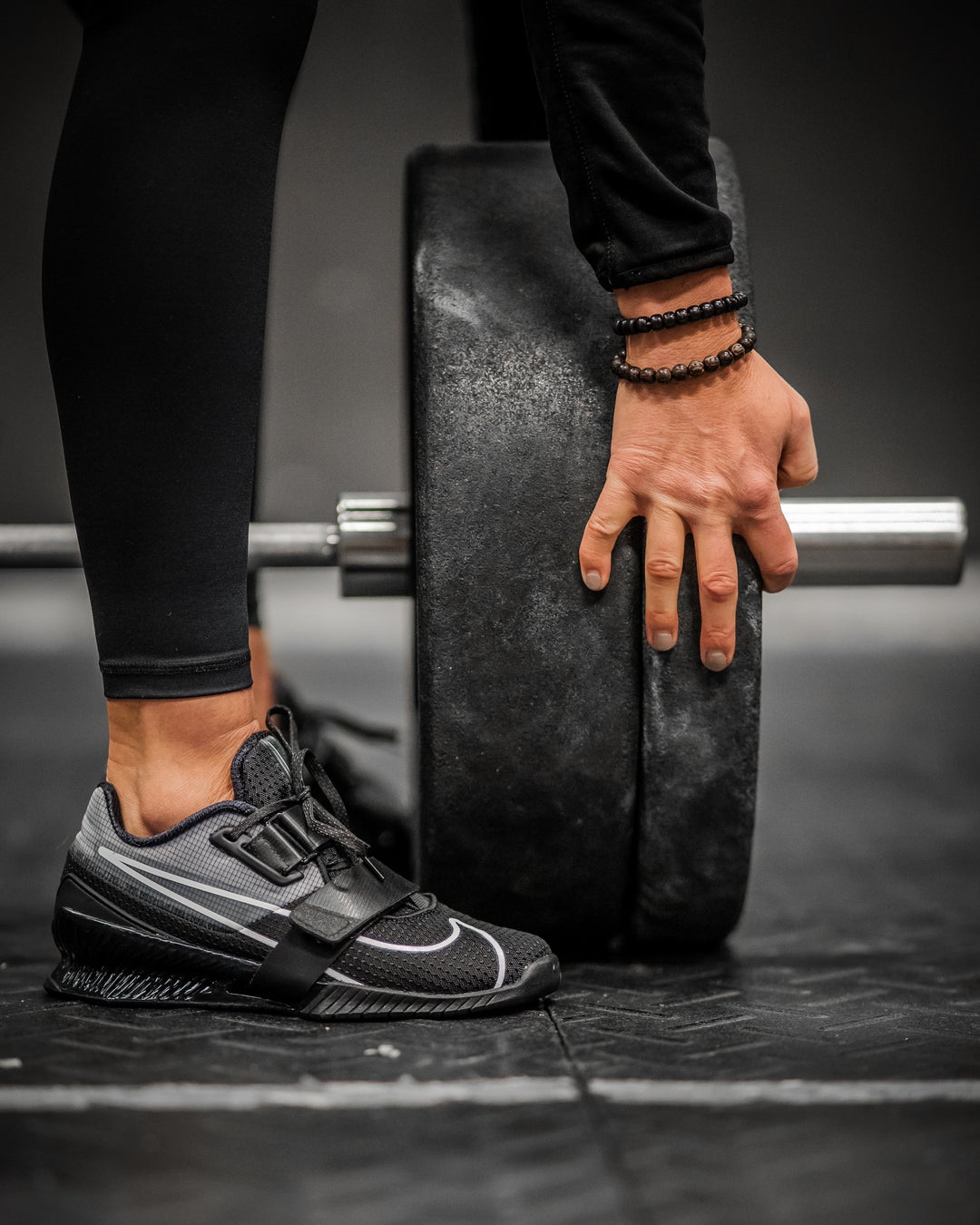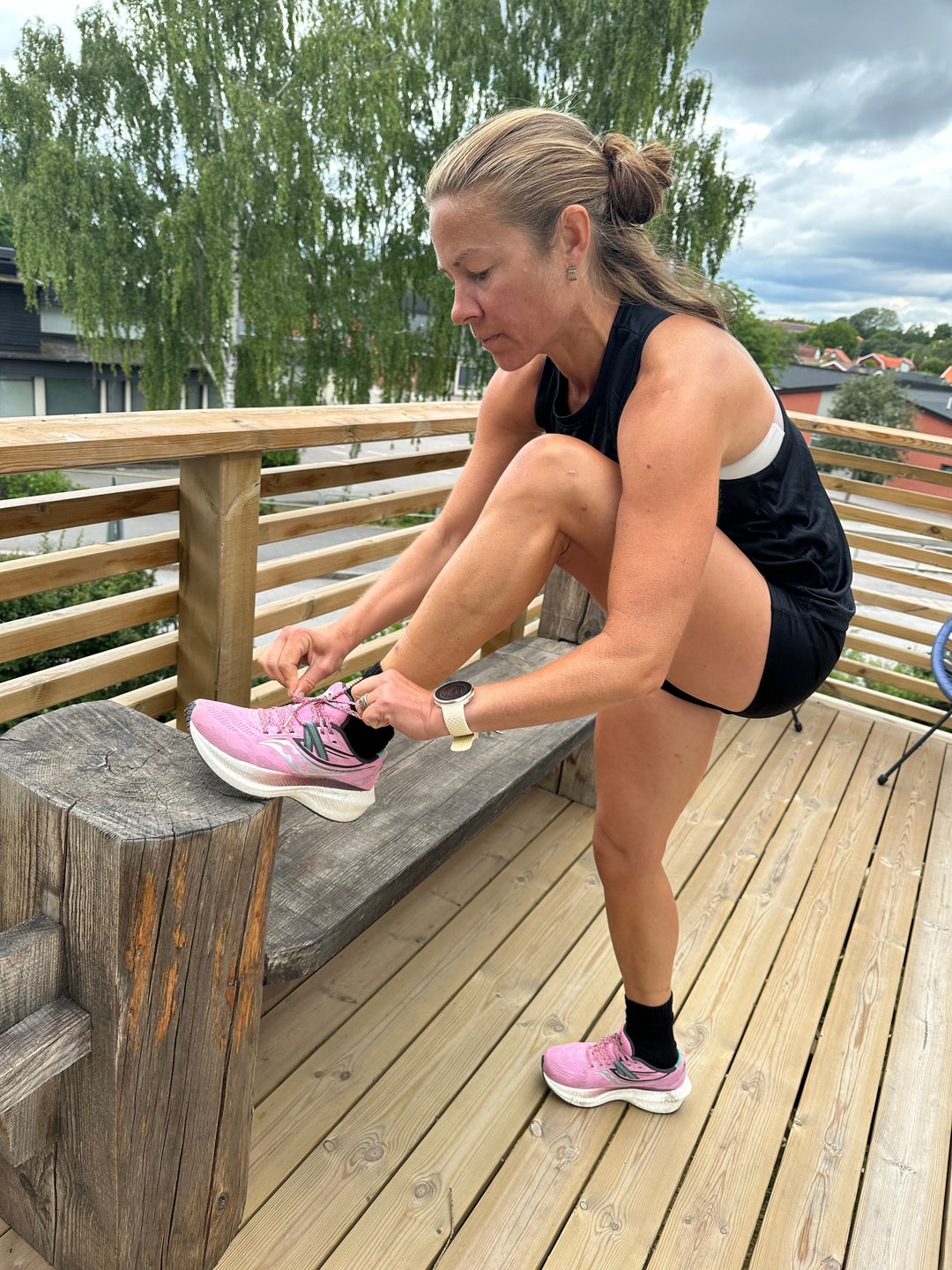Guide: How to find the right glove
What makes a glove great? Here's a guide to help you find the right gloves with the optimal combination of warmth, function and durability.
For skiing, cycling or hiking? Finding the right glove can be tricky, especially since there are so many different varieties to choose from. Hestra and Kombi are two of our biggest brands when it comes to gloves, and theras experts have plenty of tips to make buying gloves easier for you.
Step 1: Find the right size for your glove
When buying a glove, it is important to know your hand size.
- Find out your hand size by holding your hand outstretched with your fingers together. Point your thumb away from your hand so that your hand and index finger form an L. Then measure the width of your hand at the top - at the widest point in centimetres, without the thumb. The measurement you get corresponds to your glove size," says Jenny Holm at Kombi.
A glove should have a normal fit. You should be able to bend your fingers and your whole hand should fit in the glove so that your wrist is covered and protected. A glove should not be too small or too big.
- If you buy gloves that are too small, you are more likely to get cold because there is no air to warm your fingers. If you buy gloves that are too big, you run the risk of them being too loose in your fingers and then you risk getting irritated every time you tighten your boots or open a backpack with your gloves on," says Jenny Holm.
Step 2: Choose the lining and model of the glove
Once you know the size, it's time to choose the model. Think about whether you are cold. Do your hands get cold easily or are your hands almost always warm? This determines whether you should choose a thumb or finger model and how insulated your glove should be.
- Gloves with separated fingers give you the most freedom of movement. When you wear gloves with separated fingers, it's easy to buckle your ski boots, open backpacks and jackets. You also get a better grip, for example on the poles. The disadvantage of a finger model is that each finger has to warm itself and during the really cold and windy days on the mountain or on the way up the lift, you may find it difficult to keep your hands warm, says Jenny Holm and continues:
- "If you want warmth and comfort before maximum freedom of movement or if your fingers get cold easily, you should choose a thumb glove. The advantage of thumb gloves is that they can more easily keep your fingers and hands warm, even when it's really cold," she says.
When it comes to glove linings, there are several different types to choose from, such as down, wool and primaloft.
Down has amazing properties that trap and store body heat, even on extremely cold winter days. Down is best suited for dry weather conditions as its insulating properties are reduced if it gets wet.
Wool has natural insulation properties. Unlike down, wool does not lose its warmth when the glove gets wet.
Primaloft is a synthetic material that helps keep your hands warm. The synthetic material is not as warm as down, but it is breathable and provides good insulation even when wet. In wet weather, Primaloft is a good choice.
Having a removable liner is a smart feature that Hestra advocates.
- If you can change the liner in the glove, you don't have to replace the entire glove when your liner wears out. It is also good to have a new liner to change when you are out for long days in the mountains. Then you always have a dry glove, says Jenny Kvarnlöf at Hestra and continues:
- With a removable liner, the glove becomes easier to dry and wash.
If you are really cold, you can dress in layer upon layer, even in gloves.
- If you add a thin liner in merino wool to your glove, you increase the warmth by about twenty percent," says Jenny Kvarnlöf.
Step 3: Choose the outer material of the glove
When choosing gloves, you should think about when and where you will use them and which properties you value most, such as durability or resistance to moisture and wind.
- There are many advantages to choosing gloves made entirely or partially from leather. Leather is durable, flexible, windproof and waterproof. A really good leather glove is almost impossible to wear out," says Jenny Holm and continues:
- "However, a leather glove requires a lot of care so that the leather retains its good properties and does not dry out.
Many ski gloves have a combination of leather and synthetic material, where the leather is on the most worn surfaces, such as the palm and around the thumb and index finger. Synthetic materials are often used on the top of the glove, where the flexibility and insulating properties of the material come into their own.
- If a glove has a membrane, such as Gore-Tex, it is fully waterproof. An important thing to know is that a glove is not waterproof just because it has a waterproof fabric, the seams are not waterproof unless they are taped. If you want a completely waterproof glove, look for a model with a membrane and taped seams," says Jenny Kvarnlöf.
Model guide for the Kombi brand
How do I know that a glove from you is waterproof?
- All our ski gloves from Kombi are waterproof and clearly labeled with the membrane that is in the glove, either Waterguard or Gore-Tex.
What is the best way to keep my gloves whole and clean?
- If you have a leather glove and it happens to get wet, dry it at room temperature. Avoid any kind of heat source as the leather will dry out and become stiff. In addition, it is important to regularly lubricate your leather gloves with an appropriate grease to ensure that the leather retains its good properties and does not dry out.
Model guide for the Hestra brand
How do I know that a glove from you is waterproof?
- If the glove has a membrane, such as Gore-Tex or CZone, it is waterproof.
How should I keep my gloves fresh?
- Gloves for higher activity levels, such as cross-country gloves, can be machine washed at low temperatures. Leather gloves and wool should never be machine washed. To wash leather gloves, use an oily soap and then rub gently with a cloth in lukewarm water. Wipe off and leave to dry hanging on the carabiner. Feed can be dried flat on a towel. Never dry near heat sources, as this will ruin the gloves. If you want to remove a superficial stain, you can take some snow and rub the gloves with it. It's always good to let your gloves rest occasionally. And of course, lubricate them regularly. Especially at the end of the season. Then they should be lubricated and clean before resting.
READ MORE: Guide to buying shell trousers
READ MORE: Why a sustainable shell jacket is important








